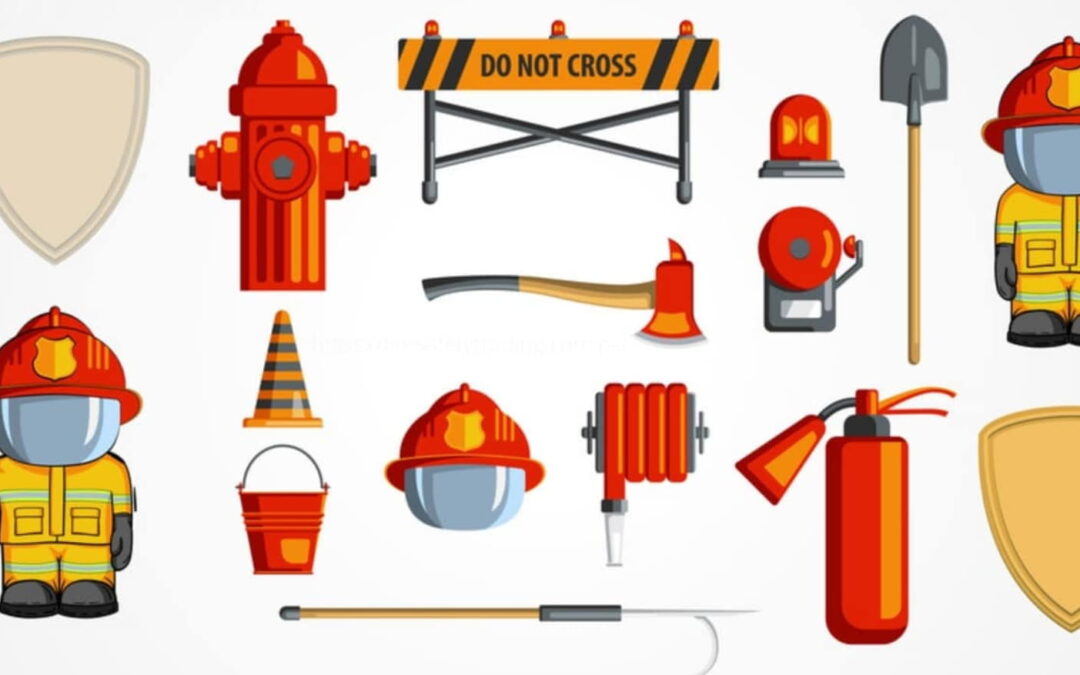Understanding the ins and outs of fire protection equipment is an essential aspect of ensuring safety for your home or business. These tools, ranging from extinguishers to sprinkler systems, can mean the difference between a minor mishap and a catastrophic disaster.
But what exactly falls under this category, and how does each piece work? Let’s delve deeper into the details.
Defining Fire Protection Equipment
It refers to a broad array of devices specifically designed to detect, control, and ultimately extinguish fires. This comprehensive term includes smoke detectors, fire alarms, extinguishers, sprinkler systems, and emergency lighting. Each component plays a unique and crucial role in the overarching fire safety strategy.
-
Smoke Detectors: The First Line of Defense
Smoke detectors often serve as our initial defense against fires. These devices utilize sensors to identify smoke particles in the air, triggering an alarm when these levels exceed a certain threshold. This advanced warning allows building occupants enough time to evacuate and seek professional assistance.
-
Fire Extinguishers: The Portable Protectors
Fire extinguishers are handheld devices that expel a substance to extinguish small fires. They exist in different types, each tailored to combat a specific fire class. A Class A extinguisher is suitable for common combustibles like paper or wood, while a Class B extinguisher is designed to tackle flammable liquids.
-
Sprinkler Systems: The Extensive Solution
Sprinkler systems present a more comprehensive form of protection, typically installed in commercial buildings. These systems are equipped with an intricate network of pipes filled with pressurized water. When a fire triggers the system, the heat prompts the sprinkler heads to release the water, helping suppress the fire.
-
Emergency Lighting: The Guiding Light
In a fire situation, visibility can quickly become compromised due to smoke. Emergency lighting systems ensure that exit routes remain clearly illuminated, facilitating safe evacuation even under challenging circumstances.
Regular Maintenance: A Necessity, Not an Option
Regular maintenance of fire protection equipment is a crucial aspect of ensuring safety on your premises. It involves a set of practices carried out on all devices, including smoke detectors, fire alarms, extinguishers, sprinkler systems, and emergency lighting.
Here are some general steps on how to maintain these tools:
- Regular Testing: This applies to all devices. For instance, smoke detectors should be tested at least once a month by pressing the test button. Similarly, the pressure gauge on fire extinguishers should be checked monthly, and emergency lights should be regularly tested.
- Visual Inspection: Regularly inspect all equipment for any visible signs of damage or wear. This includes checking for corrosion or leakage in fire extinguishers, signs of damage or obstruction in sprinkler systems, and ensuring the brightness and functionality of emergency lights.
- Cleaning: Devices like smoke detectors and fire alarms can accumulate dust and debris over time, interfering with their operation. Regular cleaning using a vacuum or a soft brush attachment can help keep them functioning optimally.
- Professional Servicing: Despite regular checks and cleaning, professional servicing is essential. This should ideally be done annually and involves a thorough internal check of all devices, ensuring all components are working correctly.
By diligently following these steps, you ensure that your equipment is in top shape and ready to protect your premises and its occupants at all times.
In Conclusion
Understanding fire protection equipment entails more than just identifying these devices. It’s about recognizing their integral role in your overall safety strategy, ensuring they’re properly maintained, and knowing how to use them effectively.
